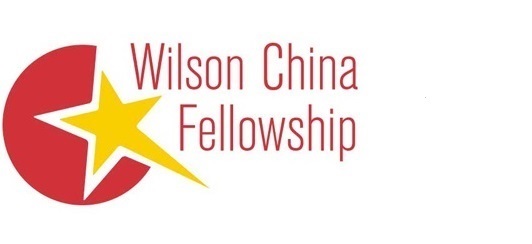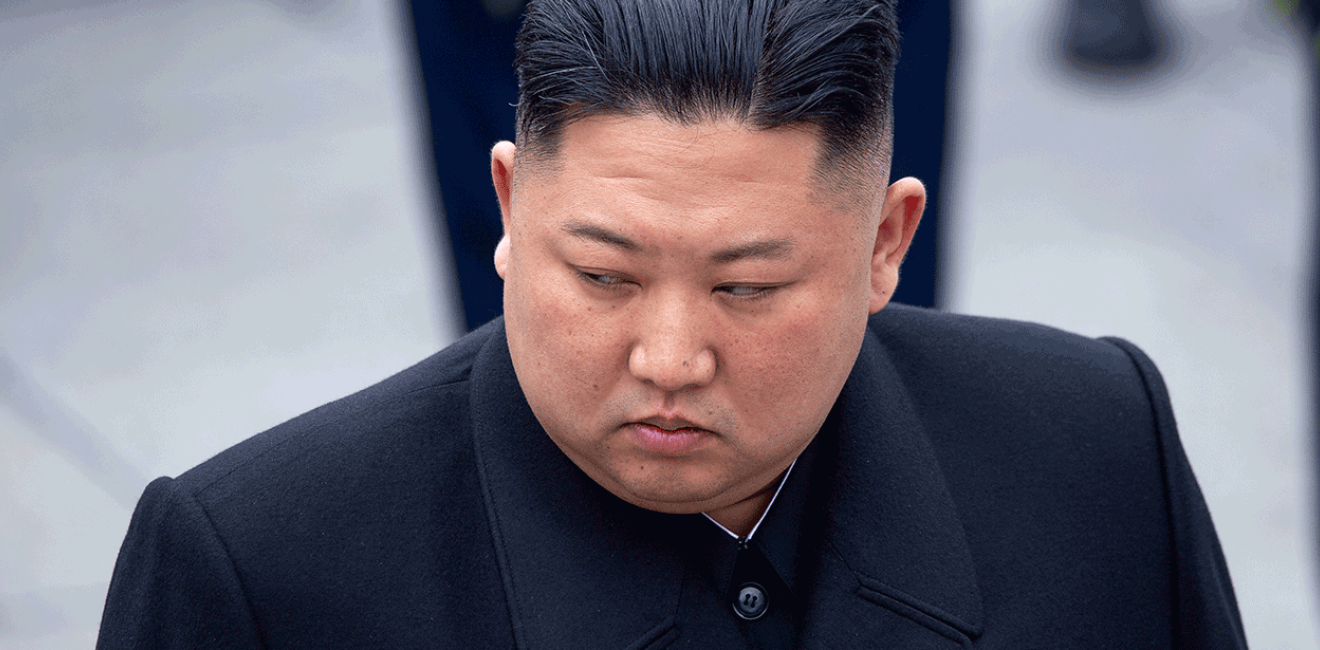Critical Challenge for the US | More and Escalating Missile Tests
North Korea has embarked on an ambitious new five-year military modernization plan, which has led to a record-breaking pace of missile tests. In 2022, the North tested around 100 missiles, with the goal of securing credible, survivable second-strike capability. On October 3, the North carried out its longest-ever missile demonstration—an intermediate-range ballistic missile that flew 4,500 kilometers, and can clearly reach the US territory of Guam. Then on November 18, the North successfully tested the Hwasong-17 intercontinental ballistic missile, the largest road-mobile, liquid-fueled ICBM in the world. It flew nearly 1,000 kilometers and reached a maximum altitude of 6,041 kilometers. This means it has a range of at least 15,000 kilometers with 500-kilogram payload—and is thus capable of hitting any target in the continental United States. Meanwhile the North has laid out a new doctrine of preemptive nuclear use, making clear that if a conventional, preemptive strike is launched or is imminent against the regime or the North’s nuclear forces, North Korea’s leader, Kim Jong Un, reserves the right to respond with nuclear weapons. In 2023, look for more missile tests and quite possibly a seventh nuclear test as Kim pursues his goals of safeguarding the regime, winning sanctions relief, and ultimately decoupling the US-ROK alliance.
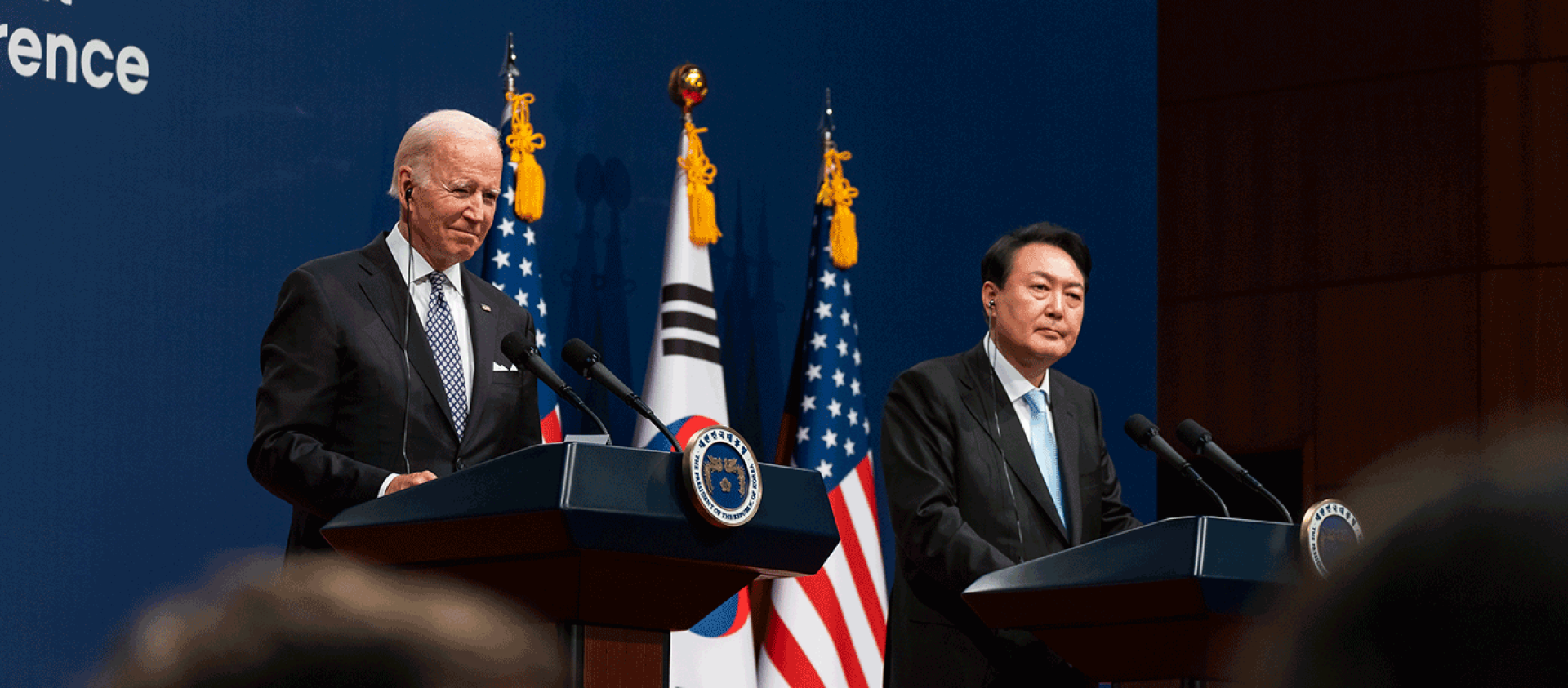
3 Things to Watch
Deterrence, Rather than Denuclearization Efforts
The Biden administration has maintained its policy aim to denuclearize North Korea, but Kim Jong Un has made it clear: that option is not on the table. There is no reason to think that any new US strategy will change his mind. While both the Biden and South Korea’s Yoon administrations have opened offers for dialogue with North Korea, the door to negotiations remains firmly shut. In 2023, Biden has little choice but to continue with sanctions, deterrence, and containment policies even though they will not prevent the further expansion of the North Korean WMD program. There simply is not a more attractive alternative. Top priorities for this year include beefing up extended nuclear deterrence against North Korea, strengthening the US-South Korean alliance, and enhancing missile defense systems by trilateral US-South Korea-Japan efforts to work together on a joint warning and intercept system.
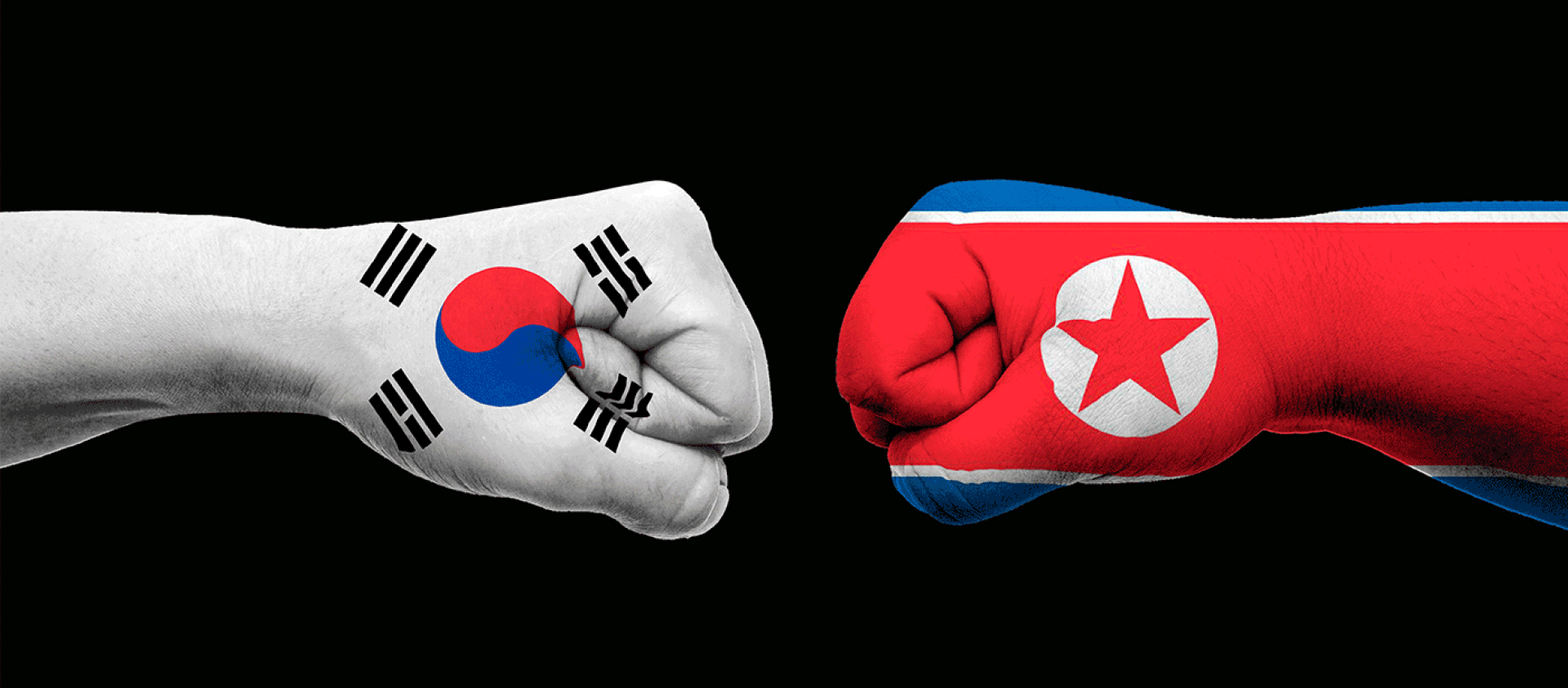
Increased Tensions on the Korean Peninsula
South Korea’s conservative president, Yoon Seok-Yeol, will continue to draw closer to the United States and Japan while taking a tougher line with North Korea and China. He has made South Korea part of the coalition to contain Russia, and in 2022 he attended, along with the leaders of Japan and Australia, a NATO summit in Spain. Meanwhile, the North has been focused on developing tactical nuclear weapons intended for use against targets on or near the peninsula. In April 2022, the North tested eight missiles with different ranges from five different locations to demonstrate its capability to deploy tactical nuclear weapons. Similar tests followed in September and October to simulate the North showering South Korea with tactical nuclear weapons. It appears Pyongyang is exercising these missiles’ operational readiness. In response, the South Korean public is increasingly supportive of exploring options to strengthen deterrence such as having the United States station more nuclear-capable weapons systems in South Korea, or even to launch a NATO-style nuclear sharing program that would allow South Korean aircraft to deliver US nuclear bombs in wartime. Tensions will continue to rise in 2023.

A Favorable International Climate for North Korea
The current external environment is favorable for the Kim regime to continue down its path of nuclear and missile development in 2023. Intensified US-China competition and the war in Ukraine have only made the world increasingly more bifurcated, and we are seeing an uneasy alliance between Xi Jinping and Vladimir Putin, as well as tightening of relations between China, Russia, and North Korea. North Korea has boasted about its close relationship with China and has been sending artillery shells to aid Russia in the Ukraine war. China and Russia are unlikely to cooperate with Washington and the international community to enforce sanctions on Pyongyang. Both Beijing and Moscow have vetoed any further actions against North Korea in the UN Security Council; even in the aftermath of several ICBM launches—most recently with Hwasong-17—the UN Security Council could not even issue a formal statement due to what the US ambassador pointedly referred to as “blatant obstructionism” from China and Russia. North Korea, thus, has a wide-open pathway to further testing and escalation without fear or any serious consequences
Contributors



Hyundai Motor-Korea Foundation Center for Korean History and Public Policy
The Center for Korean History and Public Policy was established in 2015 with the generous support of the Hyundai Motor Company and the Korea Foundation to provide a coherent, long-term platform for improving historical understanding of Korea and informing the public policy debate on the Korean peninsula in the United States and beyond. Read more

Explore More
Browse Insights & Analysis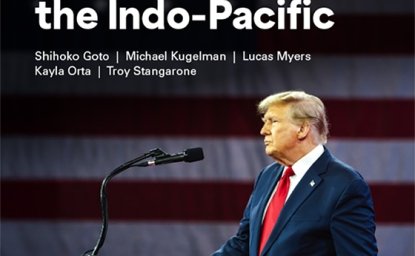
Hitting the Reset Button in the Indo-Pacific
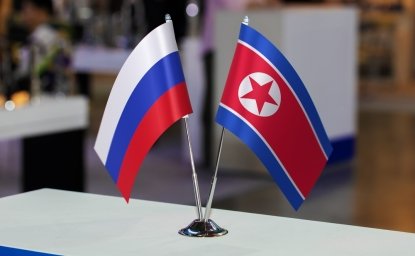
Defense Treaty Between North Korea and Russia Raises Alarm Over War Escalation
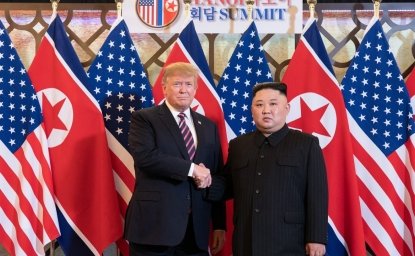
Talks With North Korea Will be Troublesome for Trump

